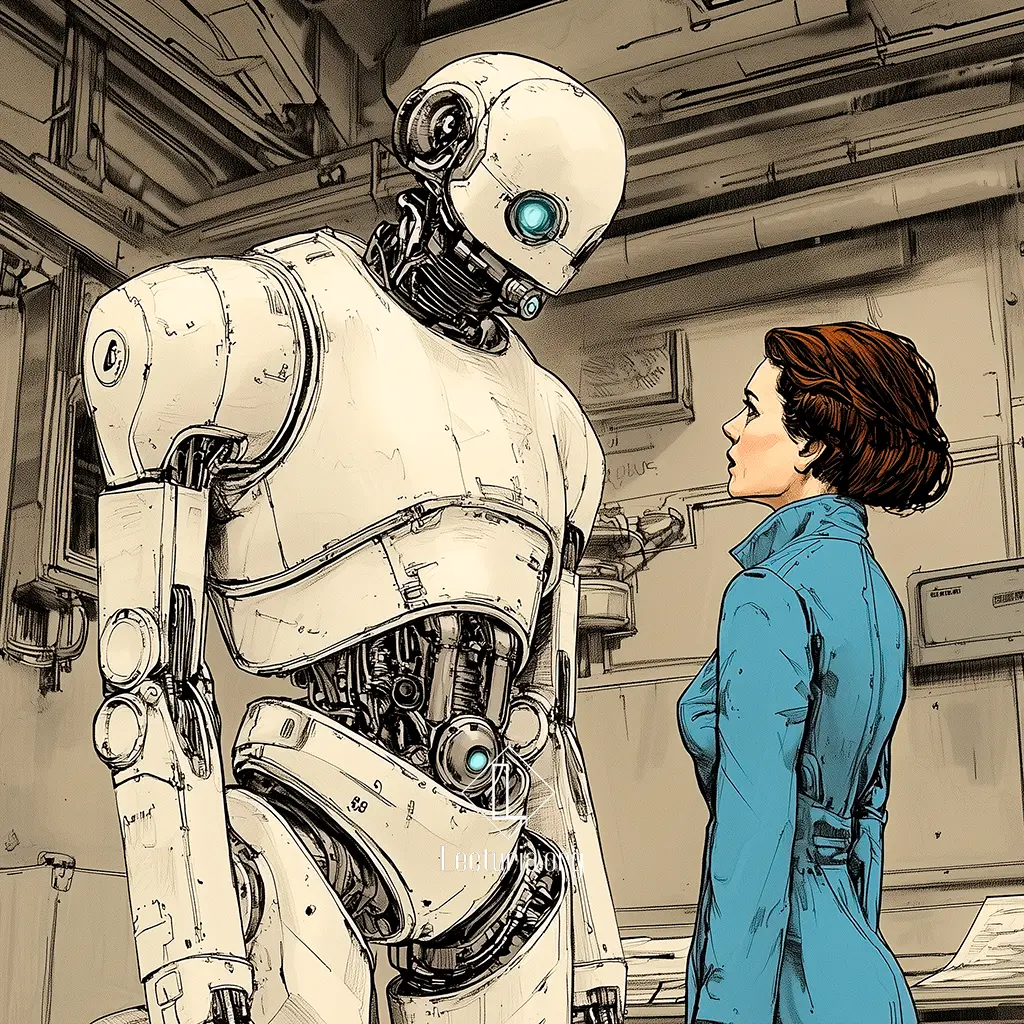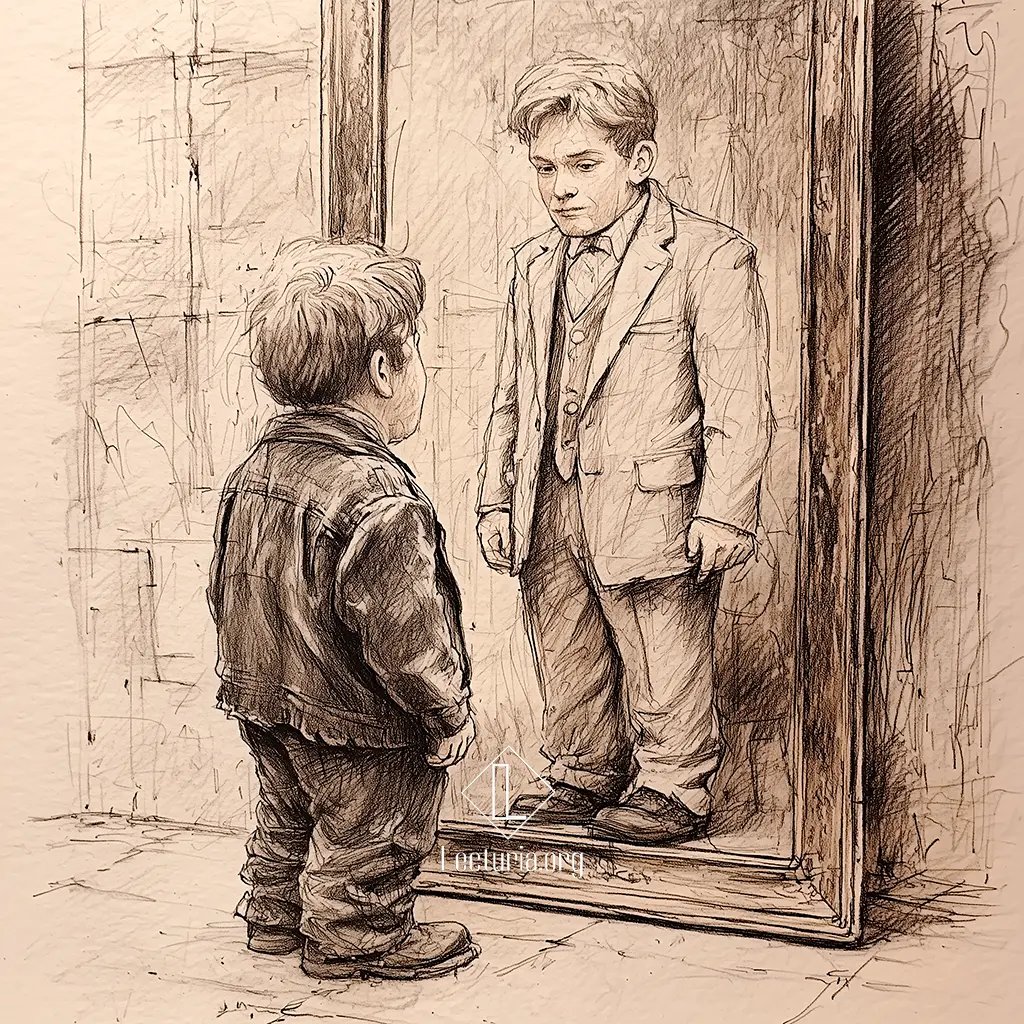Isaac Asimov: Franchise. Summary and Analysis
In the year 2008, presidential elections in the United States are no longer conducted through popular vote. Instead, a supercomputer called Multivac selects one representative citizen to determine the outcome of all elections. That year, the chosen individual is Norman Muller, an ordinary man living in Bloomington, Indiana, with his family. After receiving an official visit from a government agent notifying him of his selection as Voter of the Year, Norman is placed under surveillance and taken to a facility connected to Multivac, where he answers a series of seemingly trivial questions while his physiological reactions are recorded. Once the process is complete, he is released without being informed of the election results. Though initially anxious and reluctant, by the end, he feels proud to have served as the means through which the national “vote” was exercised in a fully technologized democracy.





